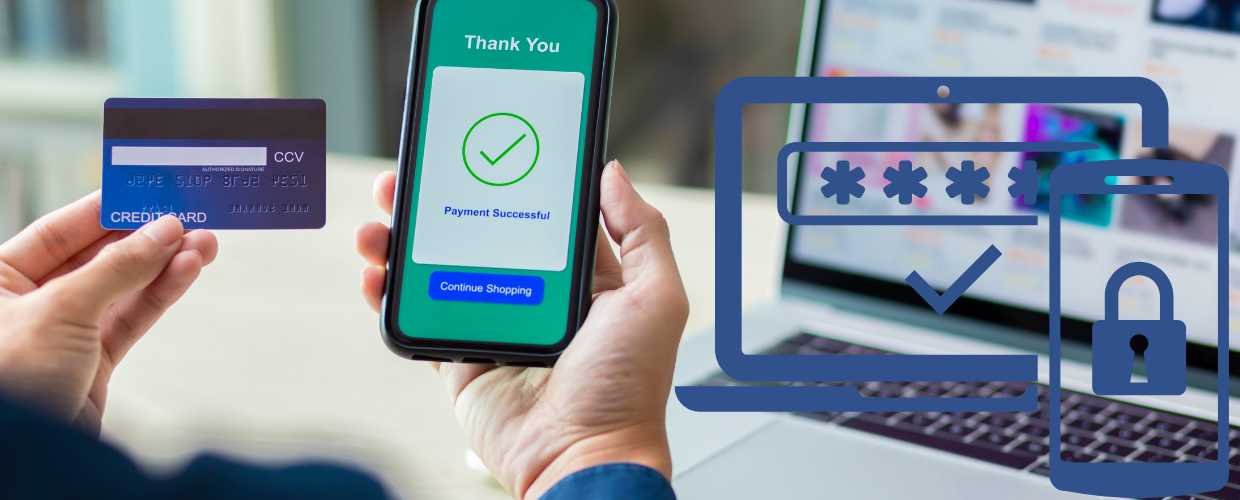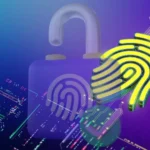In an increasingly interconnected world, the digital landscape is both a realm of convenience and a potential battleground for cyber threats. As technology evolves, so do malevolent actors’ methods of breaching security barriers. Two-factor authentication (2FA) has emerged as a robust strategy to fortify digital security and protect sensitive information. This article delves into the realm of 2FA, exploring its significance, strategies, and the transformative potential it holds to reshape the landscape of digital security.
Two-Factor Authentication
Two-factor authentication represents a crucial evolution in cybersecurity. This approach involves using two distinct factors or methods to verify an individual’s identity when seeking access to a digital account, application, or system.
Password and Something You Know
The first factor often entails information only the user possesses, such as a password, personal identification number (PIN), or answers to specific security questions. This knowledge-based factor is the initial barrier to unauthorized access and is the most widely recognized form of authentication.
Biometric Authentication and Something You Are
The second factor leverages biometric attributes to establish identity. Biometrics, such as fingerprints, facial recognition, iris scans, or even voice patterns, are unique to each individual. By introducing this layer of biometric authentication, the system ensures that the user’s physical attributes serve as an additional layer of verification, bolstering the overall security posture.
Impact and Implications
Two-factor authentication transcends conventional password protection, assuming the role of a gatekeeper for digital identities and sensitive information. Its implications reverberate through various domains, including personal privacy, organizational security, and the broader landscape of digital trust.
Protection Against Unauthorized Access
By demanding two distinct forms of validation, 2FA erects a formidable barrier against unauthorized access. Even if a password is compromised, the second factor is a safeguard, significantly raising the bar for malicious actors attempting to breach security measures.
Mitigating Phishing and Social Engineering Attacks
Phishing attacks and social engineering tactics aim to manipulate individuals into disclosing sensitive information. By incorporating two-factor authentication, these attacks become substantially more challenging. Even if a user falls victim to a phishing attempt and provides their password, the second factor remains elusive to attackers, rendering their efforts futile.
Challenges and Innovations
While two-factor authentication is a potent tool in the fight against cyber threats, it has its challenges. The ever-evolving landscape of technology and cybercrime demands a proactive approach to innovation and user-friendly implementation.
User Experience and Adoption
Strike a balance between security and user experience is a constant challenge. Innovations in this space focus on user-friendly implementations of 2FA. Methods such as push notifications to mobile devices, one-click authentication, and biometric recognition contribute to seamless authentication processes, minimizing user friction.
Multi-Modal Authentication
Embracing multi-modal authentication is an innovative approach that combines multiple methods of verification. For instance, a user might authenticate using their fingerprint with a one-time code delivered via SMS. This multi-modal approach enhances security by raising the complexity of the authentication process.
The Future of Two-Factor Authentication
The trajectory of two-factor authentication leads us to trends that promise to redefine the authentication landscape, bolster mobile security, and intensify global efforts to secure digital identities.
Adaptive Authentication: Dynamic Security
One prominent trend within the realm of 2FA is adaptive authentication. This approach tailors the level of authentication required based on contextual factors such as location, device, and user behavior. It offers dynamic security, adjusting the verification level to match the user’s risk profile and the circumstances of the access attempt.
Hardware Tokens and Security Keys
The adoption of hardware tokens and security keys is on the rise. These physical devices generate time-sensitive codes or cryptographic keys. Standalone devices offer an added layer of protection, ensuring secure authentication even in scenarios where users lack internet connectivity.
Conclusion
Two-factor authentication isn’t merely about adding another step to the login process—it’s about instilling trust and confidence in our digital interactions. By harmonizing innovation with robust security measures, we embarked on a journey that transforms how we safeguard our digital identities. Despite the challenges posed by user experience and evolving threats, the path ahead is illuminated by creativity, collaboration, and a collective commitment to two-factor authentication.
This commitment safeguards both progress and digital security. The future of two-factor authentication promises a digital world where data breaches and unauthorized access are significantly curtailed. This odyssey invites us to embrace an era where our authentication methods sculpt the destiny of our digital security and the trust we place in it.










